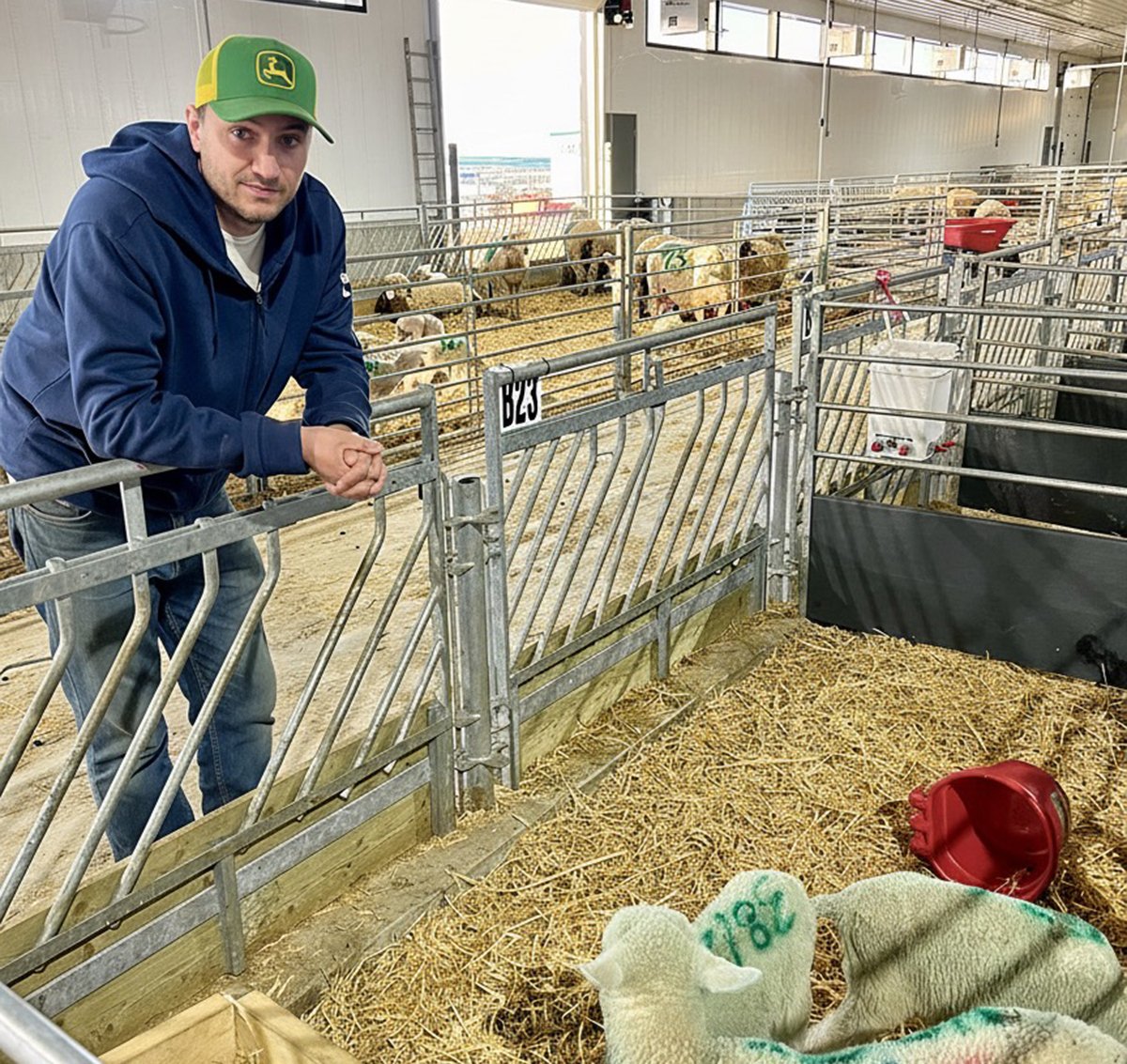Scientists estimate half of all sows in the U.S. are positive for various strains of the deadly virus
Different strains of the deadly porcine epidemic diarrhea virus have been identified in the United States and Canada.
Swine veterinarian Dr. Egan Brockhoff of Prairie Swine Health Services said it is no surprise that the virus has evolved, and it is a signal that strict biosecurity in hog operations will always be necessary.
Brockhoff gave an update on the North American PED situation during an Alberta Pork conference call Aug. 28. PED has killed millions of pigs in the U.S. and thousands in Canada. It is nearly always deadly to young piglets and reduces productivity in older animals.
Read Also

Solar, sheep provide valuable farm diversification
Eric Steeves says raising sheep on forages grown under solar panels provided economic stability and perhaps even saved his family’s fifth generation southern Alberta grain farm.
“There’s no question that a significant portion of the U.S. herd remains positive,” he said.
“We estimate approximately 50 percent of the U.S. sows are positive for a number of different PED strains. It appears that there’s approximately three PED strains and one delta coronavirus strain circulating through the U.S. sow herd.”
Quebec, which has had 16 barns infected with PED since the virus was first found in Canada in January 2014, has also identified multiple strains.
That said, Quebec has eliminated the virus in 11 of those 16 hog operations.
Ontario is also steadily eliminating infection among its 84 affected premises, Brockhoff said.
The single infected barn in Prince Edward Island is now free of infection, and Manitoba is near to PED-free status.
He warned against complacency, particularly as fall and winter approach. PED favours cooler temperatures, and cold weather makes biosecurity more difficult.
“The virus is still circulating, and we’re still moving lots of pigs back and forth between provinces and across the border,” he said.
The number of new cases reported weekly in the U.S. continues to decline because of a better understanding of the virus, as well as vaccination and more attention to biosecurity.
American producers have access to vaccine, but Canada can only use it in emergency situations.
“Canada still doesn’t have a licensed PED vaccine, but we do have PED vaccines that are available in the United States for emergency for pork producers,” Brockhoff said.
“They are available in Canada as well.”
However, veterinarians do not recommend vaccinating herds that do not have PED unless there is a high risk of infection for some reason.
“We haven’t seen much of the vaccine used in Western Canada, and it will be our recommendation that we just hold that line if possible.”
Dr. Kurt Preugschas of Innovative Veterinary Services gave an update on the use of dried porcine plasma, a feed protein additive that was the original vector for PED in Canada.
“The feeding of porcine plasma and other porcine byproducts continues to be a relatively high risk for biosecurity on your farm,” he said.
Porcine and bovine blood products are made at the American Protein Co. plant in Calgary, which keeps separate lines for products made from the two species.
Preugschas said all porcine blood products come from animals in Western Canada and all bovine blood comes from Alberta. Local supply from sources negative for illness reduces risk.
However, he recommended that producers consult with their herd veterinarian about whether to feed bovine or porcine blood products to their animals.















